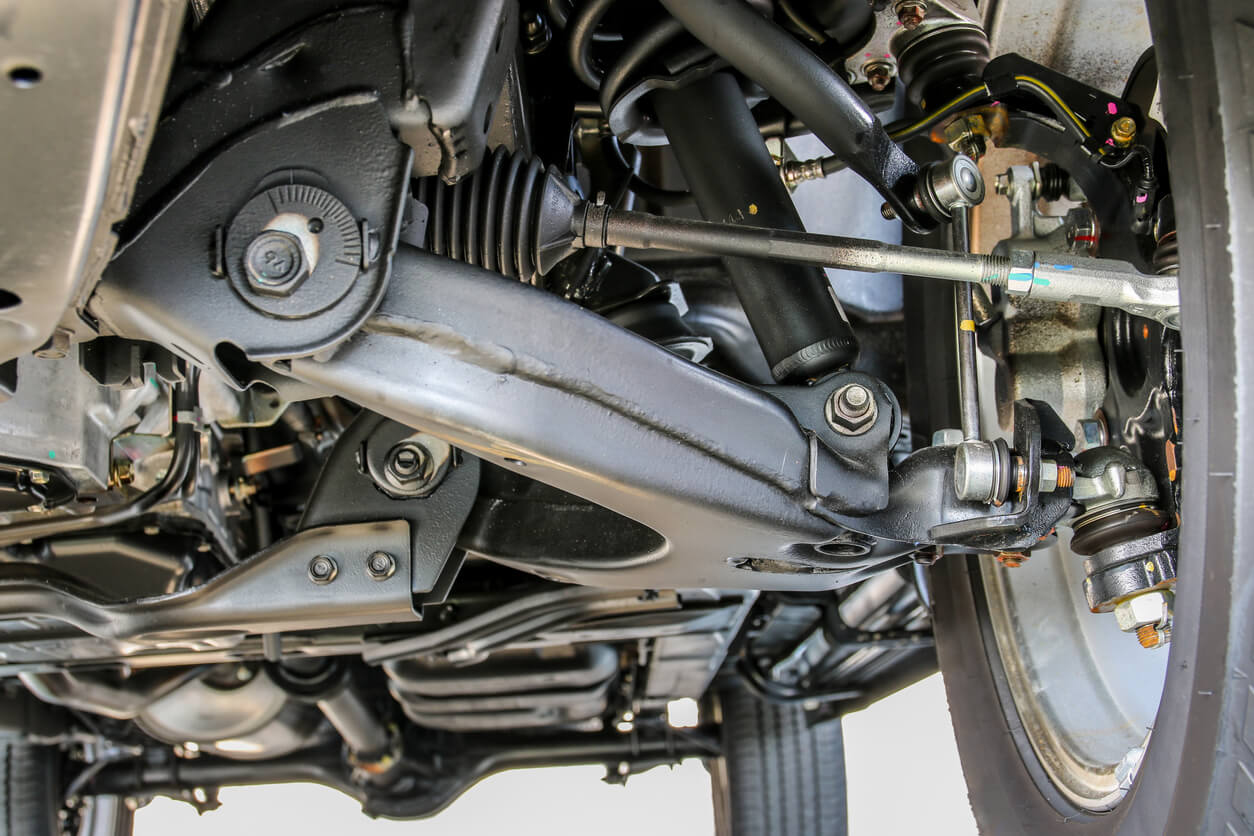Why do you need a wheel alignment?
You’ve probably heard that a wheel alignment is essential for getting the most out of your tyres. That is true, but it’s only part of the story. Ensuring your tyres last as long as possible is a combination of periodic tyre rotations, maintaining the correct air pressures and making sure your alignment is within specifications.
This article is all about wheel alignments, but keep an eye out for our upcoming articles on tyre air pressure and tyre rotations.
What is a wheel alignment?
The simplest explanation of a wheel alignment is the process of ensuring all the wheels are parallel to each other and perfectly perpendicular to the ground.
With every vehicle, there is a small amount of adjustability built into your vehicle’s suspension that allows for fine-tuning of how the wheels sit in relation to the car. This adjustability accounts for extra weight in the vehicle, manufacturing tolerances or even being able to fine-tune the handling of a vehicle with alignment settings.
Typically, most vehicles will see the best handling and braking performance when the alignment is set to the manufacturer’s specifications. If your vehicle has been modified, your best alignment settings may be different.
When we perform a wheel alignment, Tyres R Us will check the following:
- Camber: The side to side tilt of the wheels looking from the front or rear of the vehicle.
- Toe: Describes wheels pointing in or out from parallel, as viewed from above
- Thrust angles and caster: Sometimes not adjustable depending on your vehicle. If the number is significantly different side to side, it can be an indicator of accident damage or worn parts.

If any part of your alignment is significantly out of specification, we will look for signs of damage as well as worn out suspension parts.
If you’re interested in finding out more about wheel alignments call the team today and book your vehicle in to see the experts.
How often should you have a wheel alignment?
Tyres R Us recommend you have a wheel alignment performed every time you get new tyres fitted to your vehicle, as well as wherever your vehicle is having a scheduled tyre rotation.
We typically recommend a tyre rotation as soon as every 10,000kms or so to ensure you avoid uneven tyre wear as much as possible, helping you get the most out of your tyres.
What are the signs of a bad wheel alignment?
Aside from scheduled alignments when you fit new tyres or get a tyre rotation, other reasons you might consider booking your car in for an unscheduled alignment include:
- Hitting a pothole, which can potentially damage suspension components and affect your alignment
- Hitting a curb or debris on the road can also damage suspension
- If for some reason your car no longer drives straight while the steering wheel is straight
- If you notice your car pulling to one side during normal driving
Any of these can be a sign that something isn’t right. Be sure to book into Tyres R Us, as it may mean that there’s an issue with your suspension or your wheels and tyres.
Where can you get an alignment?
Tyres R Us Sunshine is proudly servicing customers in the west Melbourne suburbs of Sunshine, Sunshine North, Avondale Heights, Keilor East, St Albans, Ardeer and Kealba. If you need an alignment, come by our workshop or phone up today.
Contact Tyres R Us today.
Come see the team at Tyres R Us Sunshine today. We have expert technicians on hand ready to provide excellent service, great product recommendations and the best prices. We carry a wide range of stock, including tyres from the biggest names such as $top_brands. Contact us today on 03 9362 1611.
